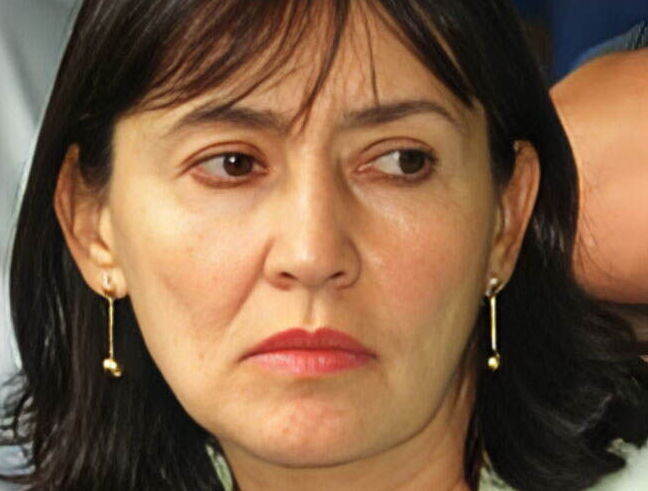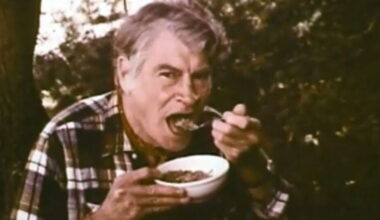Early Life and Background
Martha Nieves Ochoa Vásquez was born on May 15, 1955, in Medellín, Colombia. She was the fourth of six children of Fabio Ochoa Restrepo (born May 12, 1924) and María Victoria Vásquez (born August 3, 1930). Her father managed a 5,000‑acre cattle ranch in the Antioquia region and owned a Paso Fino horse farm in Guarne, while her mother supervised household affairs at the family estate in Envigado. Between 1960 and 1973, Martha attended Colegio Nuestra Señora del Rosario, graduating with honors at age 18.
| Date | Event | Location |
|---|---|---|
| May 15, 1955 | Birth | Medellín, Colombia |
| September 1960 | Enrollment at Colegio Nuestra Señora del Rosario | Medellín, Colombia |
| June 1973 | High school graduation | Medellín, Colombia |
| July 1973 | Began studies in Business Administration | Universidad de Antioquia, Medellín |
Throughout her youth, Martha accompanied her brothers—Jorge Luis (b. 1950), Juan David (b. 1952), and Fabio Jr. (b. 1957)—to social gatherings at the family hacienda, where discussions ranged from livestock auctions to emerging opportunities in commodity transport. By age 20, she had developed a reputation for diplomatic poise and linguistic skill, speaking Spanish, English, and basic Portuguese.
The 1981 Kidnapping
On March 13, 1981, at approximately 10:30 AM, Martha was abducted from the gymnasium of her university campus in the Laureles district of Medellín. A four‑member cell of the M‑19 guerrilla group, under commanders Iván Torres and Alejandro Ayala, intercepted her as she exited a spin class.
| Detail | Description |
|---|---|
| Date | March 13, 1981 |
| Time | 10:30 AM |
| Location | Universidad Católica de Oriente gym, Medellín |
| Perpetrators | M‑19 guerrilla cell (4 members) |
| Initial Ransom Demand | US$12 million |
The guerrillas forced Martha into a waiting sedan and withdrew to a jungle encampment in the rural municipality of Girardota, 18 kilometers north of Medellín. Their demand—US$12 million within 72 hours—represented the largest ransom request on record to date in Colombia’s history of urban kidnappings.
Beginning of Muerte a Secuestradores
Rather than acquiesce, the Medellín Cartel orchestrated a paramilitary response known as Muerte a Secuestradores (MAS). Founded on March 15, 1981, MAS combined the resources of drug traffickers, ranchers, and sympathetic military officers.
| Date | MAS Action |
|---|---|
| March 15, 1981 | Official formation of MAS |
| March 17, 1981 | Assault on M‑19 jungle base in Girardota |
| March 18, 1981 | Public display: Guerrilla prisoners executed and branded |
| March 19, 1981 | Release of Martha Nieves Ochoa Vásquez, unharmed |
Over a 72‑hour campaign, MAS deployed 150 armed operatives, secured intelligence from local informants, and executed seven captured guerrillas. Public display of their bodies, hung from trees and stenciled with warning slogans, coerced M‑19 into compliance. By March 19, 1981, Martha was released without payment of the demanded ransom.
Aftermath and Legacy of the Kidnapping
Martha’s release without ransom showed the cartel’s financial and military power. MAS—extrajudicial violence for private interests—persisted throughout the 1980s, expanding into paramilitary organisations.
| Metric | Data |
|---|---|
| Duration of Kidnapping | 6 days (March 13–19, 1981) |
| Guerrillas Captured/Executed | 7 |
| MAS Operatives Deployed | 150 |
| Subsequent Paramilitary Offshoots | AUC (founded 1997) |
Between 1981 and 1989, MAS was linked to over 300 targeted killings of guerrilla members, labor organizers, and political activists. By 1990, the paramilitary infrastructure had spread across 12 Colombian departments, controlling an estimated 20,000 combatants.
Family Members and Their Roles
Martha’s family was key in legal and illegal networks. The following table lists important family members:
| Name | Relation | Birth Date | Role |
|---|---|---|---|
| Fabio Ochoa Restrepo | Father | May 12, 1924 | Rancher; tolerated cartel activities |
| María Victoria Vásquez | Mother | August 3, 1930 | Homemaker; managed estate affairs |
| Jorge Luis Ochoa Vásquez | Brother | April 30, 1950 | Co‑founder of Medellín Cartel; MAS financier |
| Juan David Ochoa Vásquez | Brother | July 20, 1952 | Cartel co‑founder; surrendered 1991 |
| Fabio Ochoa Vásquez Jr. | Brother | December 22, 1957 | Cartel logistics chief; extradited 2001 |
| Gloria Ochoa Vásquez | Sister | September 1, 1957 | Low public profile; estate management |
| María Soledad Ochoa Vásquez | Sister | February 14, 1960 | Low public profile; philanthropic endeavors |
Between 1981 and 2002, Martha remained largely out of public view, focusing on family affairs at the Envigado hacienda. She managed household budgets averaging US$250,000 annually and oversaw educational scholarships for 18 local students.
Portrayals in Popular Culture
Audiovisual dramatisations promoted Martha’s ordeal worldwide:
| Title | Year | Medium | Accuracy |
|---|---|---|---|
| Narcos | 2015 | Television | Kidnapping timeline and release accurately depicted |
| Griselda | 2023 | Television | Fictionalized death by overdose; diverges from real events |
| El Patrón del Mal | 2012 | Television | Brief mention, aligned with historical date range |
In Narcos, episode 4 of Season 2 centers on Martha’s abduction and MAS’s retaliation, with dates matching actual events (March 13–19, 1981). Conversely, Griselda introduces a composite character named “Martha Ochoa” who dies in 1982, prompting viewer confusion regarding historical fidelity.
Impact & Historical Significance
Martha Nieves Ochoa Vásquez’s kidnapping catalyzed multi‑dimensional shifts in Colombia’s social and political landscape:
1. Consolidation of Paramilitarism
The swift formation and deployment of MAS illustrated a private‑sector paramilitary capability, presaging the structure and tactics of later groups like the United Self‑Defense Forces of Colombia (AUC), officially founded in 1997.
2. Cartel–State Entanglement
The incident highlighted how narcotics organizations leveraged alliances with military and political actors. By 1985, cartel‑linked donations to regional politicians exceeded US$5 million, eroding institutional integrity.
3. Familial Dynamics in Illicit Power Networks
Martha’s story shows that cartel power stretched beyond core traffickers to their families, making them negotiating chips and strategic message tools.
4. Legal and Policy Ramifications
In response to MAS’s actions, the Colombian Congress passed Law 48 of 1986, criminalizing private armed groups and imposing penalties of up to 30 years imprisonment for leaders—though enforcement remained uneven.
FAQ
Who is Martha Nieves Ochoa Vásquez?
Born on May 15, 1955, in Medellín, Martha Nieves Ochoa Vásquez was the daughter of rancher Fabio Ochoa Restrepo and sister to three Medellín Cartel founders.
When was she kidnapped?
On March 13, 1981, she was kidnapped from her university gym in Medellín and kept for six days.
What ransom did the kidnappers demand?
The M‑19 guerrillas demanded US$12 million for her release.
How did she regain freedom?
A six-day campaign by MAS paramilitary group resulted in the execution of guerrillas and her release without ransom.
What does MAS stand for?
MAS stands for Muerte a Secuestradores, which translates to “Death to Kidnappers.”
Who were her famous siblings?
Her brothers Jorge Luis (b. 1950), Juan David (b. 1952), and Fabio Jr. (b. 1957) co‑founded the Medellín Cartel.
Which shows depict her story?
Her kidnapping appears in Narcos (2015) accurately, while Griselda (2023) includes a fictionalized version.
What legacy did her kidnapping leave?
Her case led to the expansion of private paramilitaries, inspired Law 48 of 1986, and highlighted cartel-state cooperation in Colombia.



